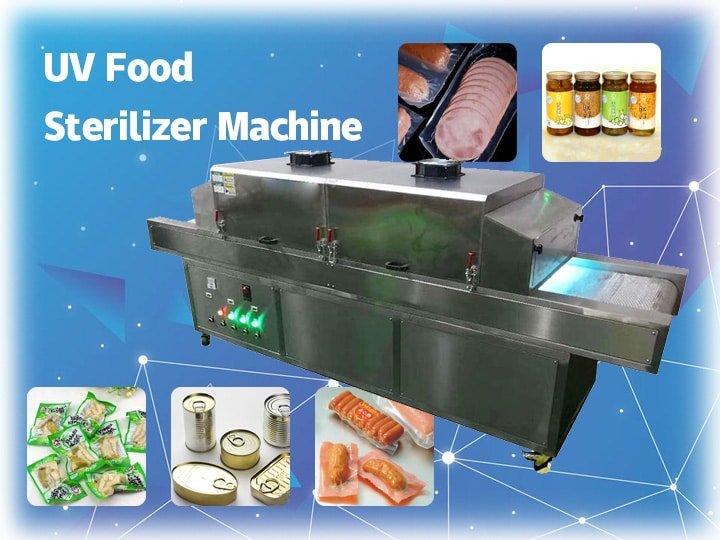Is food sterilized by UV sterilizer harmful?
The use of ultraviolet sterilizer to sterilize food mainly destroys the protein in food bacteria, denatures and inactivates it to achieve the purpose of sterilization. Many people know that UV is a carcinogen, and long-term exposure to strong UV can increase the risk of skin cancer. So is the food treated with ultraviolet rays harmful?…
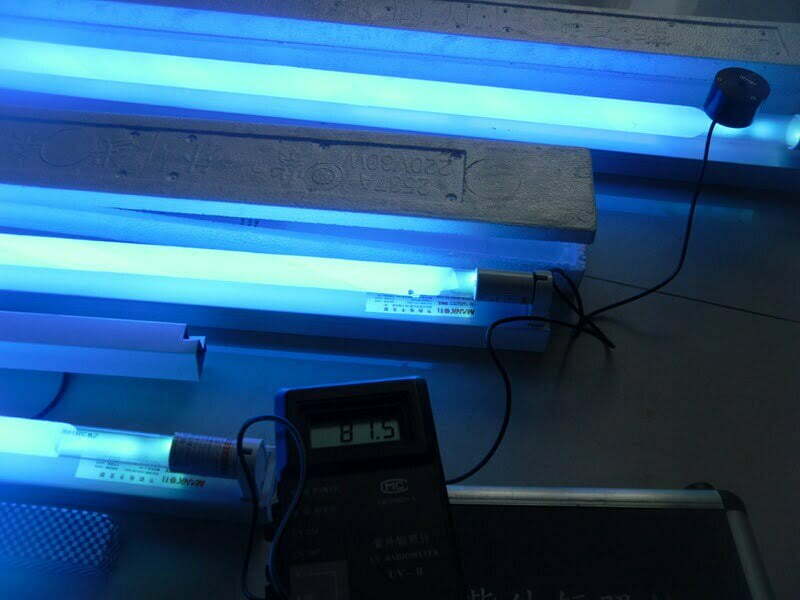
The use of ultraviolet sterilizer to sterilize food mainly destroys the protein in food bacteria, denatures and inactivates it to achieve the purpose of sterilization. Many people know that UV is a carcinogen, and long-term exposure to strong UV can increase the risk of skin cancer. So is the food treated with ultraviolet rays harmful? Manufacturers of commercial food ultraviolet sterilization equipment will provide you with authoritative answers here.
What is principle of UV food sterilization?
Ultraviolet sterilization is to destroy the molecular structure of DNA (deoxyribonucleic acid) or RNA (ribonucleic acid) in the cells of microorganisms by using ultraviolet rays of appropriate wavelengths, causing growth cell death and / or regenerative cell death, and achieve the effect of sterilization.
When sterilizing foods with the ultraviolet lights, after being absorbed by bacteria or viruses, ultraviolet rays will destroy their DNA, causing their proteins to undergo denaturation and inactivation, so that bacteria will lose their ability to multiply and achieve the effect of sterilization.
Advantages of UV sterilization of food
When ultraviolet rays irradiate food, it does not cause fever, so it will not destroy the nutritional components of food (DNA is not a nutrient component of food, and those substance molecules required by the human body will not be destroyed).
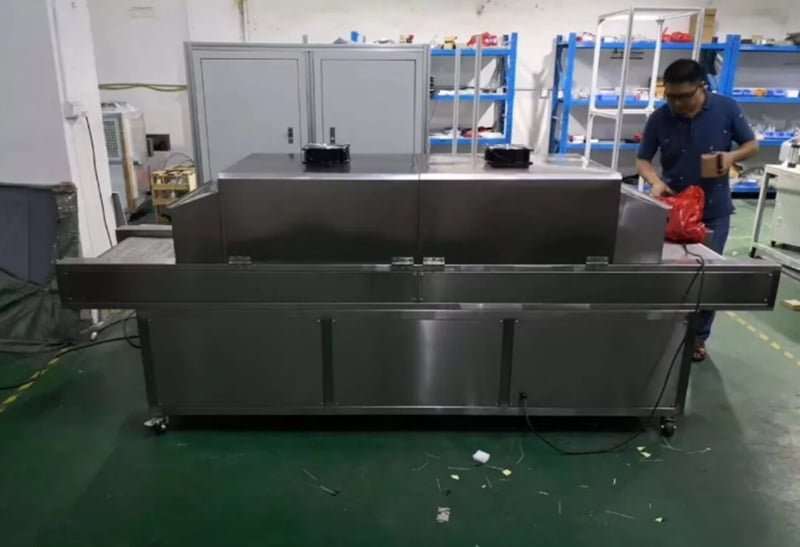
The advantage of using an commercial UV sterilization machine is that it does not change the natural flavor of the food and avoids the “off-flavor” caused by chemical bactericides or preservatives.
Notices for food ultraviolet sterilization
When processing food, ultraviolet rays destroy bacterial cells, not leaving carcinogens in the food, nor will it cause changes in the nutritional components that make up the food and produce substances that are not good for the human body.
As far as sterilization is concerned, UV food sterilization is better than heating or chemical treatment. However, ultraviolet light has a poor ability to penetrate, and can usually penetrate a thickness of two or three centimeters.
In addition, the food is homogeneous, has high transparency, has good UV penetration, and good sterilization effect. If the food is turbid, ultraviolet rays will be scattered and the energy will be reduced during penetration, so the sterilization effect will be poor. Therefore, in food sterilization, the UV food sterilizer machine is mainly aimed at the treatment of liquids, such as juice and bottled water.
Related Content
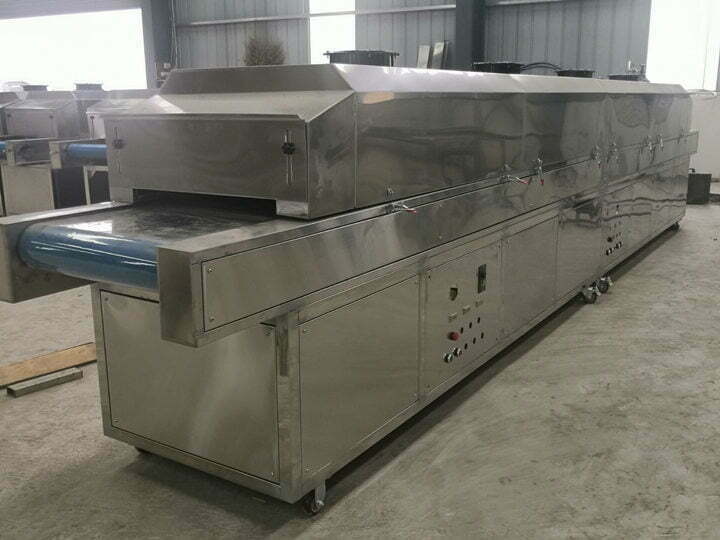
5-meter-long UV sterilization tunnel was exported to the Philippines
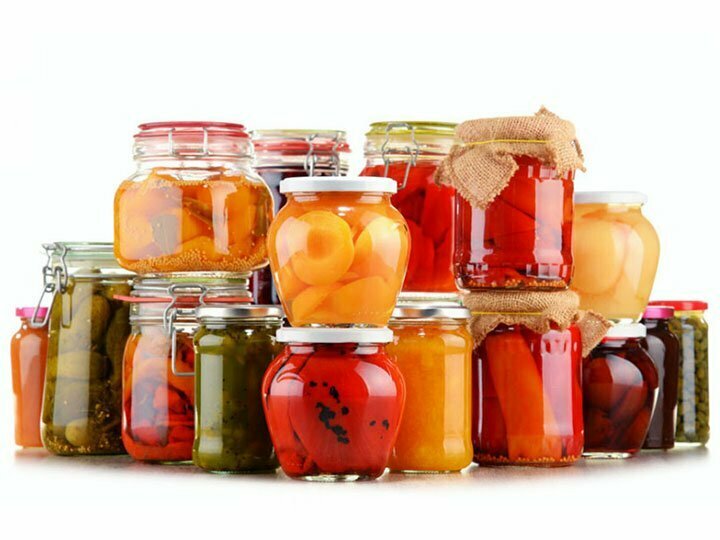
How to sterilize canning jars?
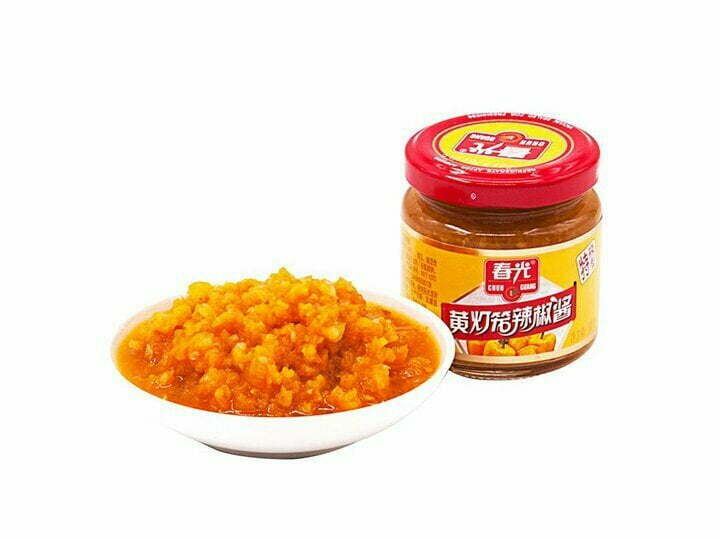
How to sterilize bottled chili sauce? Chili sauce sterilizer machine
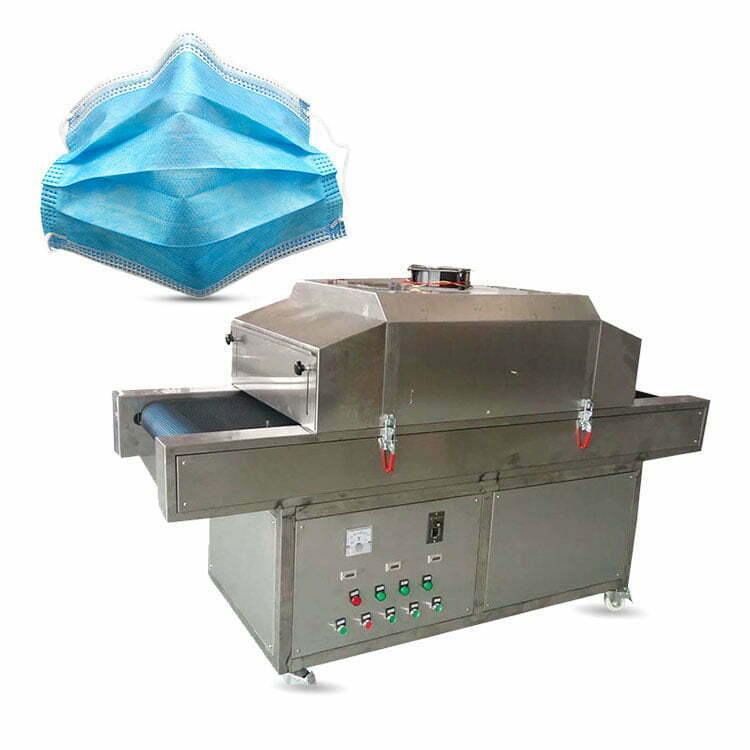
How does the UV sterilizer machine sterilize the medical mask?
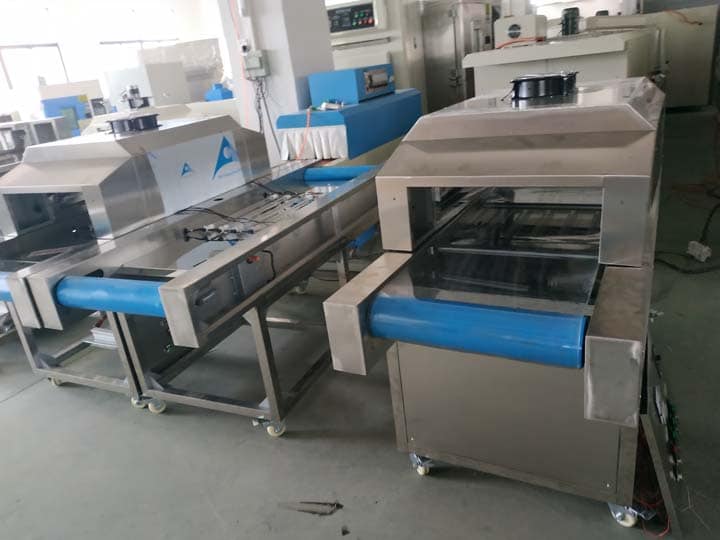
Commercial UV sterilizer was shipped to Thailand
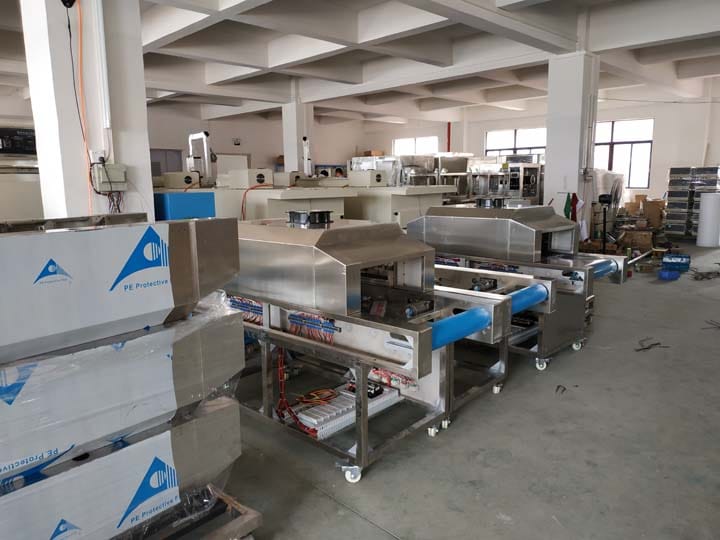
How to choose a good UV sterilizer machine?
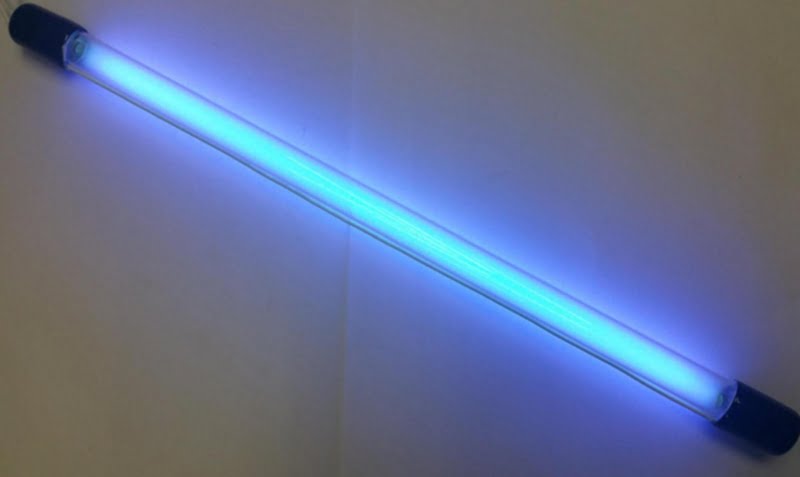
What are the factors that affect the effect of ultraviolet sterilization?
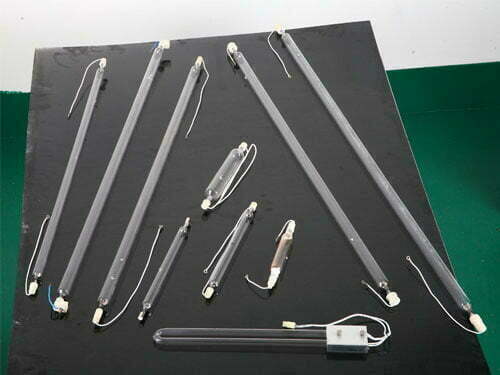
UV sterilization VS Ozone sterilization in drinking water treatment
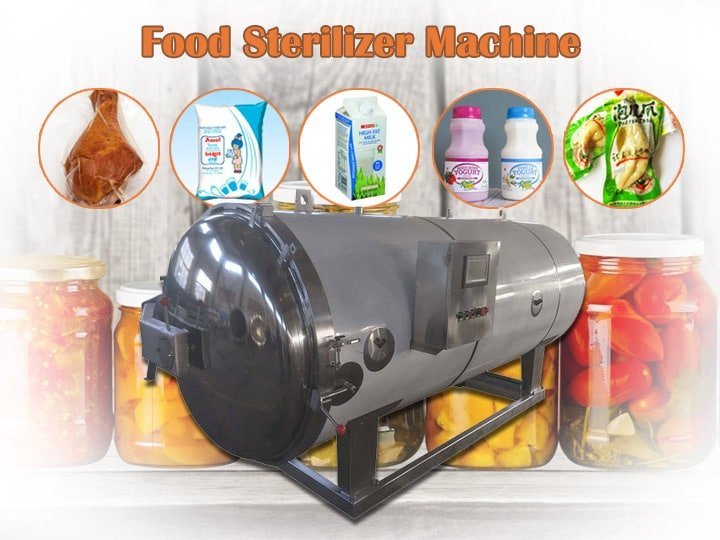
Food Sterilizer Machine | Food Sterilization Machine
